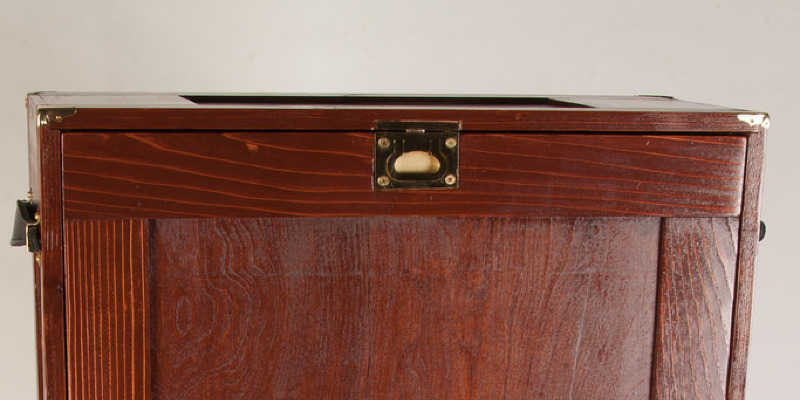
In the days prior to furniture finishes have been developed, a frequent way to preserve wood was to wash it using a mixture of lime and water. When a lime wash contained proper amounts of salt, calcium carbonate and water, then it fixed itself from the wood and provided protection from decay and insects. Duplicating the washed-out appearance of a lime wash is 1 way to lighten a piece of furniture when antiquing it in the same moment.
Two Liming Approaches
While you can always opt for real whitewashing to make a lime-wash impact on a piece of wooden furniture, there are safer alternatives to dealing with that caustic material. One would be to utilize liming wax, a distinctive white-colored paste wax which you tighten into bare wood. Another would be to work with thinned latex paint or white stain. Because it has a high solids content and a matte finish, wood primer makes a fantastic choice to paint. It costs less than paint; it is specifically formulated for good adhesion and stain blocking, and it is already thinner than paint, making applications simple.
Start with Bare Wood
Whether you utilize liming wax or paint, you want to strip any present finish to obtain an effect that looks authentic lime scrub. If the slice is lacquered or varnished, remove the finish with furniture stripper, neutralize the stripper using water and then let the wood dry thoroughly. Usually, the next step would be to sand down the wood grain, but you might want to skip this step to provide the wood more of an authentic lime-washed appearance. If the wood is darkly stained, it is possible to sand it to enhance the lightening effect of the lime wash.
With Liming Wax
You can enhance the whitening effects of liming wax by opening the wood pores using a brass-bristle scrub brush before you apply it. Utilize the brush along the wood grain to prevent unsightly cross-grain scrapes, and wash the dust off thoroughly before applying the wax using cheesecloth. Wiping the excess wax using very fine steel wool allows the grain to show and creates the lime-wash effect. It may take more than 1 program of wax to find the look you’re after. Wipe off any haze left over from the wax with mineral spirits, apply a protective coat of wax or finishing oil.
Liming with Paint or Primer
If you choose to use latex paint or primer, you’re going to find the very best liming impact on bare wood — but a few resinous substances, such as knotty pine, might require one coat of water-based sealer. This prevents knots and sap lines from bleeding into the finish. Reduce the paint or primer into the consistency of thick cream and paint it to the wood using a paintbrush. You can either leave it on to make a semi-opaque coat or wipe it off to permit more of the grain to show. Matte paint and primer both produce a set finish that mimics real lime clean; clear varnish adds safety, but in addition, it gives the wood a small sheen.